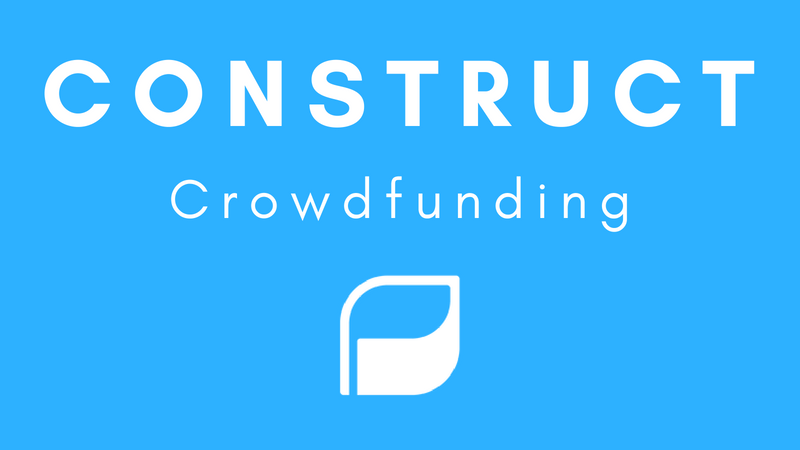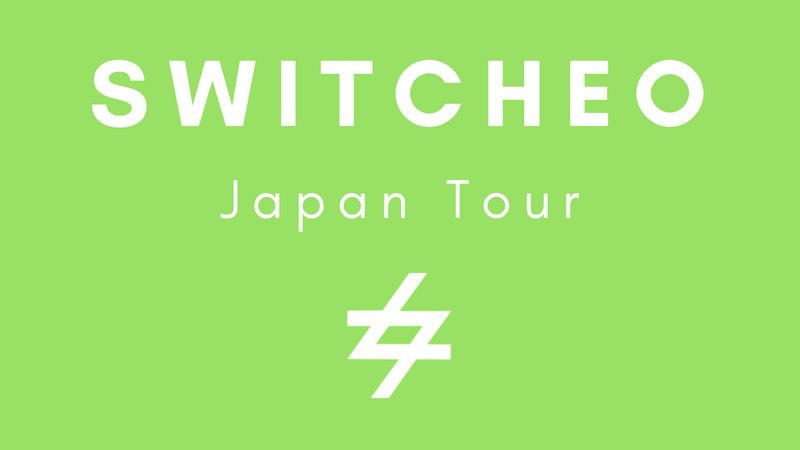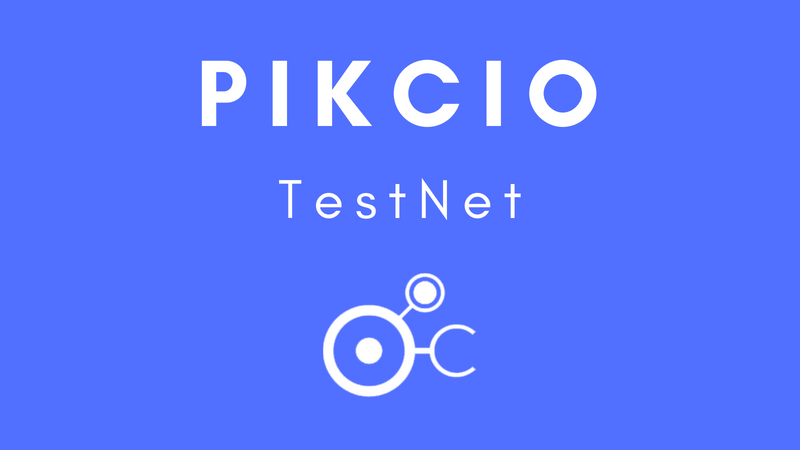
Nick Grobler is the founder of The Construct, a new crowdfunding platform that is being built on NEO. Nick’s inspiration to create The Construct came from his participation in two City of Zion dApp Competitions. City of Zion is a group of open-source developers who are dedicated to growing the NEO ecosystem, while the dApp competitions attract talented developers to create their own applications using the NEO blockchain.
In the first City of Zion dApp Competition, Nick submitted a project named neo-fund – which was ultimately unsuccessful – but Nick says that he learned a lot from the experience and this prepared him for future success with The Construct.
In the second City of Zion dApp Competition, The Construct was one of the ten winning entries. For his work, Nick won 1,350 in GAS – enough to deploy his project to the NEO MainNet when it’s ready to go live.
Nick started his development on The Construct with a whitepaper that outlined his ideas. In the whitepaper, it reads that The Construct gives developers an alternative means of raising funds to address the weaknesses of the ICO startup model; primarily the lack of transparency, communication and guaranteed follow-through on the delivery of the concept or product.
To resolve these weaknesses, The Construct provides a unique fundraising structure termed the Funding Roadmap that specifies the tasks the project intends to complete. Each major task is funded individually through milestones and funding stages that unlock incrementally as the project progresses. With this fundraising model, projects can receive the right amount of funding for a specific milestone, while also building trust with its project backers through the completion of major tasks.
The completed tasks establish a track record that can be traced from the project’s inception to its current stage of development. More importantly, however, this establishes an active relationship between the founder and supporters of the project. Project founders can therefore receive crucial feedback from investors.
Nick states that The Construct’s incremental or iterative approach to fundraising is in sharp contrast to the ICO models used today.
“With ICOs, projects receive far more money than they actually need in their early stages of development. And projects can raise millions of dollars without having a prototype to prove their platform works.” Nick said.
Nick also commented on the effect of raising money too quickly can have on ICOs.
“This huge sum of money also attracts a criminal element to ICOs that gives them a bad reputation. There’s presently no way of filtering the scams from the legitimate projects; so you either trust the person behind the ICO or you don’t. It’s an all or nothing approach.”
Furthermore, Nick noted that it’s not only criminals that investors need to worry about, as even legitimate projects can succumb to easy money. To some developers, suddenly having all the money the project needs at once can create an ironic disincentive to actually finish it.
“When your project goes from being worth nothing to – without exaggeration – millions of dollars over a few days, what’s the incentive to keep working? You’ve already made your money. There’s nothing stopping people from taking the money and disappearing.”
The fact that founders can and do defraud investors is endemic to the industry, with consequences ranging from the comic to the catastrophic.
Projects like the Useless Ethereum Token, a joke ICO that sold pointless tokens illustrated this problem perfectly.
The headline on the site reads: “The world’s first 100% honest Ethereum ICO,” with the added disclaimer: “you’re going to give some random person on the internet money, and they’re going to take it and go buy stuff with it. Probably electronics, to be honest. Maybe even a big-screen television. Seriously. Don’t buy these tokens.”
People seemed to get the joke, as the ICO sold out and minted 396,5716.097 tokens worth 310.445 ETH.
The consequences of other cryptocurrency projects, however, are not so fortunate or amusing.
BitConnect, a high yield investment program that has been accused of being a Ponzi scheme, offered its investors daily returns of 1% on their initial investment plus added bonuses. At its peak, BitConnect’s BCC tokens had a market cap of $2.6 billion and was one of the top performing 20 currencies in 2016.
Under suspicions of being an illegal Ponzi scheme, BitConnect was hit by a slew of cease and desist letters from the Texas Securities Board and the North Carolina Securities Division in the United States. Shortly after receiving those letters, the anonymous founders made an announcement that they will be shutting down the platform’s exchange, which led to a $2 billion drop in a market cap for the currency, erasing 96% of its value in a matter of days. The coin now trades below $0.50 at today’s prices, down from $400 each.
It’s unfortunate, but the BitConnect case is one of many exit scams that have permeated the blockchain ecosystem. And part of the reason why these scams exist and continue to work is because investors don’t know if the project is legitimate or not.
The Construct aims to help bridge this gap of trust between investor and founder by starting small and working towards progressively larger milestones, which are defined by The Construct as being a “project goal or checkpoint that can be defined and tangibly proven as complete.”
Milestones are nothing new to the crowdfunding industry, but with The Construct they work a bit differently. For example, investors can choose to endorse or refute a milestone’s completion based on group consensus, with each milestone having the opportunity to be denied following a 51% refusal from project investors. Furthermore, if a task is incomplete or fails to meet the investor’s standards, the milestone will either be refunded or resubmitted to the developer. Nick claims that this model works to “maintain project momentum while holding project creator accountable.”
Another option for founders is to fork their roadmap, thus allowing for unrelated milestones to be completed concurrently. Forks have their own milestones and are funded separately. Once the fork is complete, the project continues along its roadmap.
Another feature of The Construct that differentiates itself from other platforms is its Project Sub Tokens.
Each project on The Construct will have its own Sub Token with their distribution prescribed by the project founders. The amount of tokens allocated is viewable by the public to ensure transparency. All Sub Tokens will be hosted by The Construct, and the platform will store and control all information relating to the tokens. Additionally, after a project passes its first funding stage, the tokens can then be traded on exchanges and will function the same as other NEP-5 tokens.
A key feature of the Sub Tokens is that they can be transferred to a Public token before a token sale is launched through a process known as Token Share Transfer. The Token Share Transfer effectively “locks in” the value of investors tokens if the founder decides to launch an ICO.
Using the example given in The Construct’s whitepaper, a founder could choose to reserve 25% of the shareholdings of their Project Sub Tokens, and 25% could be distributed to investors using the Funding Roadmap. The remaining 50% of tokens could then be sold at the end of Funding Roadmap.
Remarking on The Construct’s flexibility and use of sub tokens, Nick noted that not all projects launched on the Construct will lead to a public sale, as the platform was designed to accommodate platforms of all sizes and intentions.
“I wanted to create a fundraising platform that even a single developer could use. So, if you’re out there by yourself and need funding, you don’t need to rely on an ICO or crowdfunding site to get the job done. That’s what The Construct was built for.”
In addition to project Sub Tokens, The Construct will also use its own NEP-5 compatible token named The Construct Tokens (CNS). It’s claimed that there will be 10 million divisible tokens minted in total.
CNS tokens will work similarly to GAS on the NEO blockchain. Like GAS, CNS tokens will pay out dividends to token holders that can be claimed directly on the platform. In addition to paying out dividends, CNS tokens will also be used to vote on the platform’s major decisions.
Like the future projects that will run on The Construct, the platform itself was designed to grow organically with 5 separate funding stages. The funding stages will unlock a set amount of CNS tokens as The Construct matures into a usable platform. After the third stage of funding, The Construct plans to launch on the NEO Testnet.
Finally, I had the chance to ask Nick why he chose NEO over other blockchain platforms. Some of the reasons he gave were already listed in The Construct’s whitepaper, namely NEO’s ability to handle an enormous amount of transactions per second and its highly robust and decentralized architecture.
The other reason for Nick’s decision was due to NEO’s development community and his participation in the City of Zion dApp competition.
Nick plans to hold a token sale event for The Construct some time next year, although the date is yet to be decided.
More information on The Construct can be found at https://www.theconstructhub.com/ and on Discord.







About The Author: Matthew North
Matthew North is a freelance writer and journalist who resides in East Asia. He spends his time writing and learning about financial technologies like the Blockchain and digital currencies. You can follow him on twitter @fintech_matthew.
More posts by Matthew North